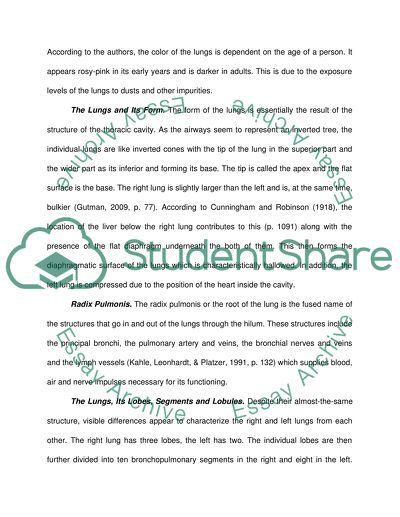Cite this document
(The Anatomy of the Lungs Assignment Example | Topics and Well Written Essays - 1500 words, n.d.)
The Anatomy of the Lungs Assignment Example | Topics and Well Written Essays - 1500 words. https://studentshare.org/health-sciences-medicine/1567897-imaging
The Anatomy of the Lungs Assignment Example | Topics and Well Written Essays - 1500 words. https://studentshare.org/health-sciences-medicine/1567897-imaging
(The Anatomy of the Lungs Assignment Example | Topics and Well Written Essays - 1500 Words)
The Anatomy of the Lungs Assignment Example | Topics and Well Written Essays - 1500 Words. https://studentshare.org/health-sciences-medicine/1567897-imaging.
The Anatomy of the Lungs Assignment Example | Topics and Well Written Essays - 1500 Words. https://studentshare.org/health-sciences-medicine/1567897-imaging.
“The Anatomy of the Lungs Assignment Example | Topics and Well Written Essays - 1500 Words”. https://studentshare.org/health-sciences-medicine/1567897-imaging.


